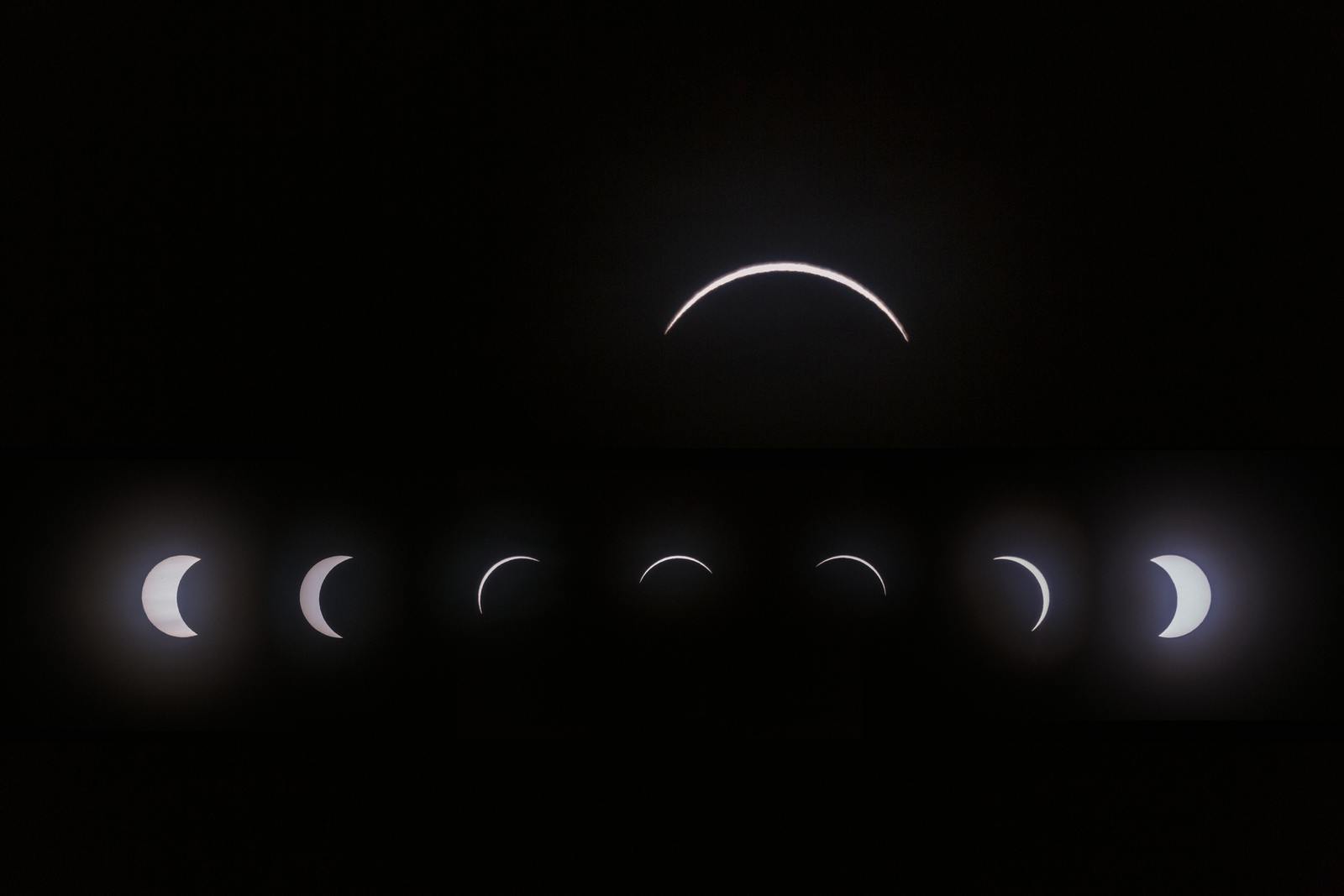
Types of Solar Eclipses
Solar eclipses are one of the most spectacular natural phenomena that capture the attention of skywatchers worldwide. When the moon passes between the sun and the Earth, casting a shadow on Earth, it results in a solar eclipse. However, not all solar eclipses are the same. They come in various forms, each offering a unique celestial display. In this article, we’ll explore the four types of solar eclipses—total, partial, annular, and hybrid—focusing on what makes each one special.
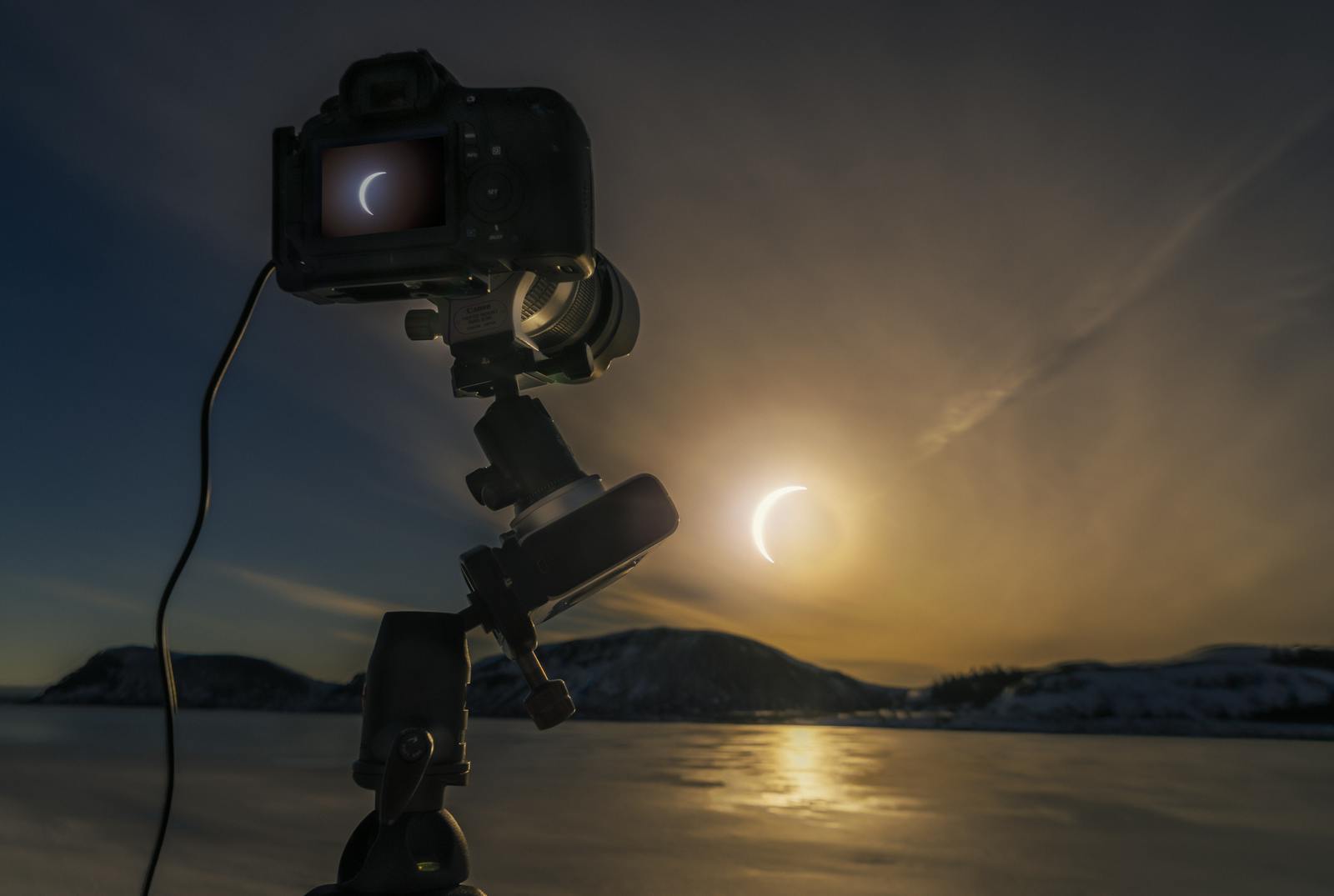
Total Solar Eclipse
The total solar eclipse is often regarded as the most breathtaking type of solar eclipse. During this event, the moon completely covers the sun, casting the darkest part of its shadow, known as the umbra, onto Earth. For a few brief moments, day turns into twilight, and observers within the path of totality experience a deep twilight in the middle of the day. The sun’s outer atmosphere, called the corona, becomes visible, creating a striking halo of light around the moon.
A total solar eclipse only occurs when the moon is close enough to Earth to obscure the sun’s disk completely. The experience of totality, which can last up to several minutes, is rare from any given location. The next total solar eclipse is scheduled for August 12, 2026, and Iceland is one of the best places in the world to witness it. Reykjavik’s Perlan offers a fantastic vantage point for watching the sky darken as the eclipse unfolds.
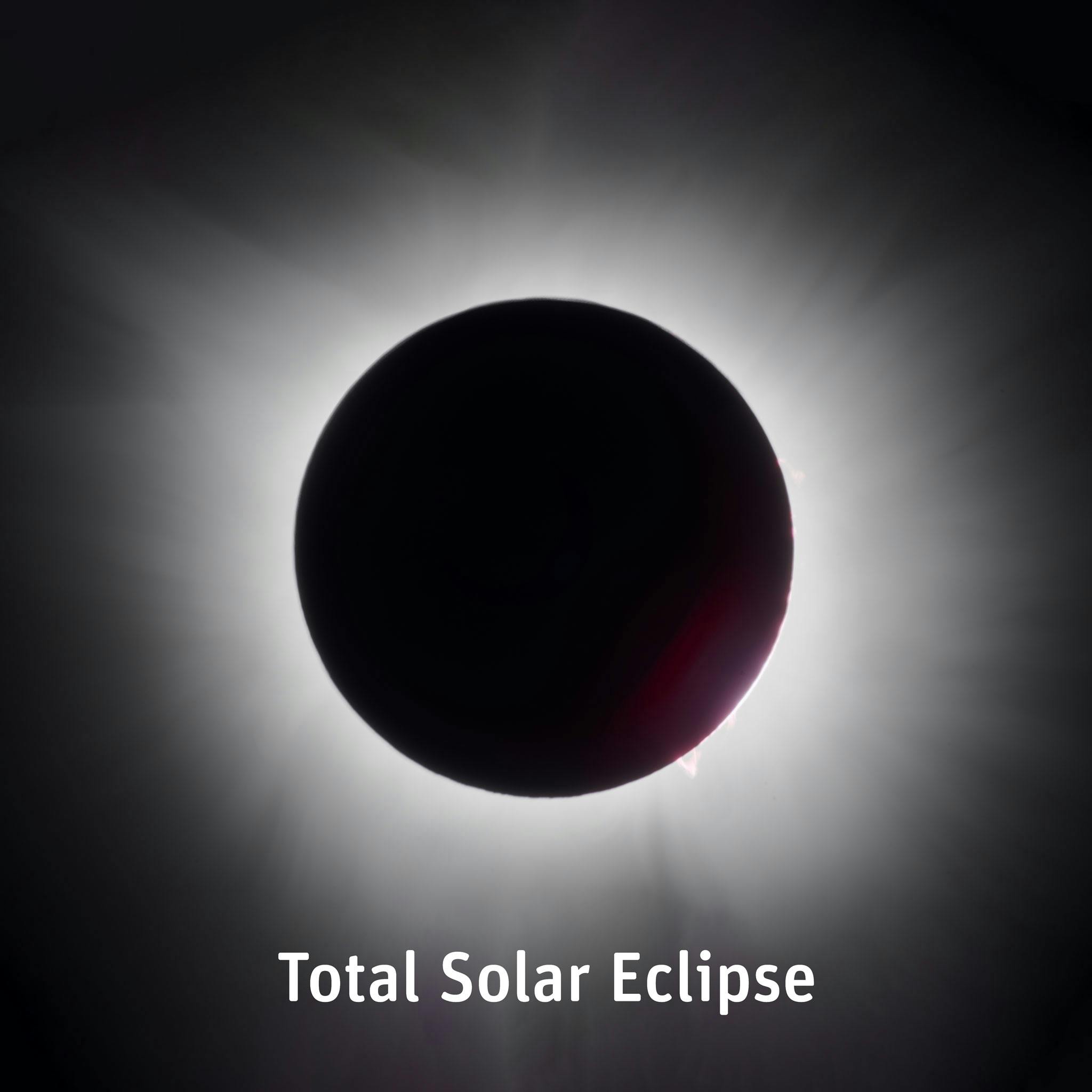
Viewing a Total Solar Eclipse from Perlan
Located on Öskjuhlíð, Perlan provides a panoramic view of Reykjavik and its surrounding landscapes, making it an ideal spot for observing celestial events like the total solar eclipse. Visitors to Perlan can enjoy the eclipse from its observation deck while taking in the natural beauty of Iceland. Additionally, Perlan’s exhibitions on Icelandic nature and its cutting-edge planetarium perfectly complement the eclipse experience, making it a must-visit destination during your stay.

Partial Solar Eclipse
A partial solar eclipse occurs when the moon partially covers the sun, which results in a crescent-shaped sun. Unlike a total eclipse, where the sky dramatically darkens, a partial eclipse only dims the sunlight slightly, depending on how much of the sun’s disk is obscured. The partial eclipse happens when observers are outside the narrow path of totality but still within the wider area of the moon’s shadow, known as the penumbra.
While a partial eclipse doesn’t provide the dramatic darkness of a total solar eclipse, it’s still a remarkable event worth watching, especially when the weather conditions and location offer clear skies. During a partial eclipse, the sun takes on fascinating shapes as the moon moves across it, creating a unique viewing experience.
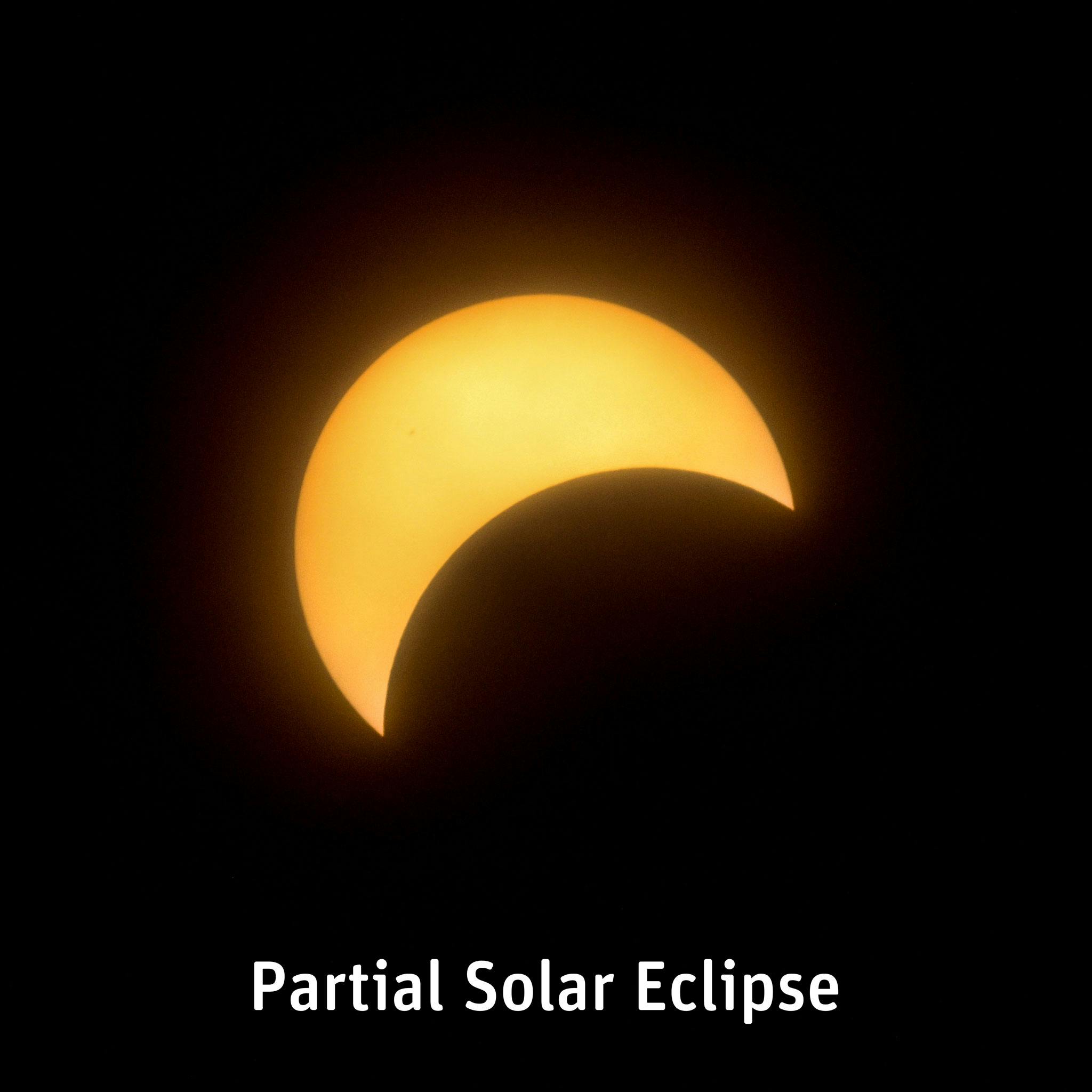
Annular Solar Eclipse
The annular solar eclipse is often called the “ring of fire” eclipse. In this type of eclipse, the moon is directly between the Earth and the sun but is too far away in its elliptical orbit to completely cover the sun. As a result, the sun’s outer edges remain visible, forming a bright ring around the darkened moon. This creates a visually stunning spectacle, different from the total darkness of a total eclipse.
Annular eclipses are fascinating because they combine elements of both total and partial eclipses, but they don’t produce the dramatic darkness of totality. Instead, observers are treated to the glowing “ring of fire” effect, which can last several minutes, depending on your location within the path of the eclipse.
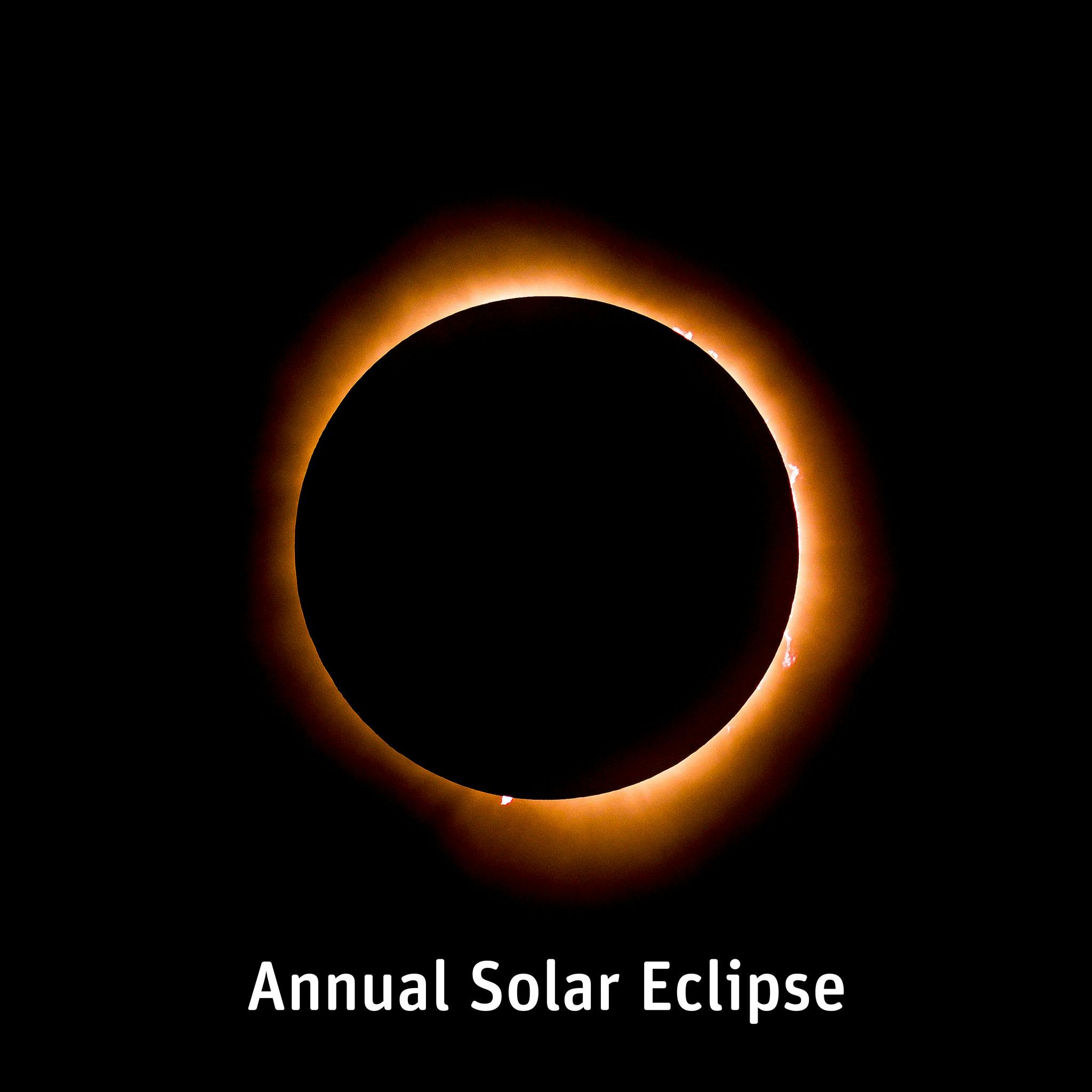
Hybrid Solar Eclipse
The hybrid solar eclipse is a rare and unusual eclipse that shifts between a total and an annular eclipse along different points of its path. This occurs because of the curvature of the Earth and the varying distances between the Earth, moon, and sun. In some areas along the eclipse’s path, the moon appears large enough to cover the sun, ultimately resulting in a total eclipse. In contrast, it seems slightly smaller in other places, creating an annular eclipse.
Hybrid eclipses are rare because the specific conditions needed for them to occur—such as the precise alignment of the Earth, moon, and sun—are infrequent. They provide a unique opportunity for observers to experience both types of eclipses in different parts of the world. Though hybrid eclipses don’t happen often, they are an exciting reminder of the intricate dance between the Earth, moon, and sun.
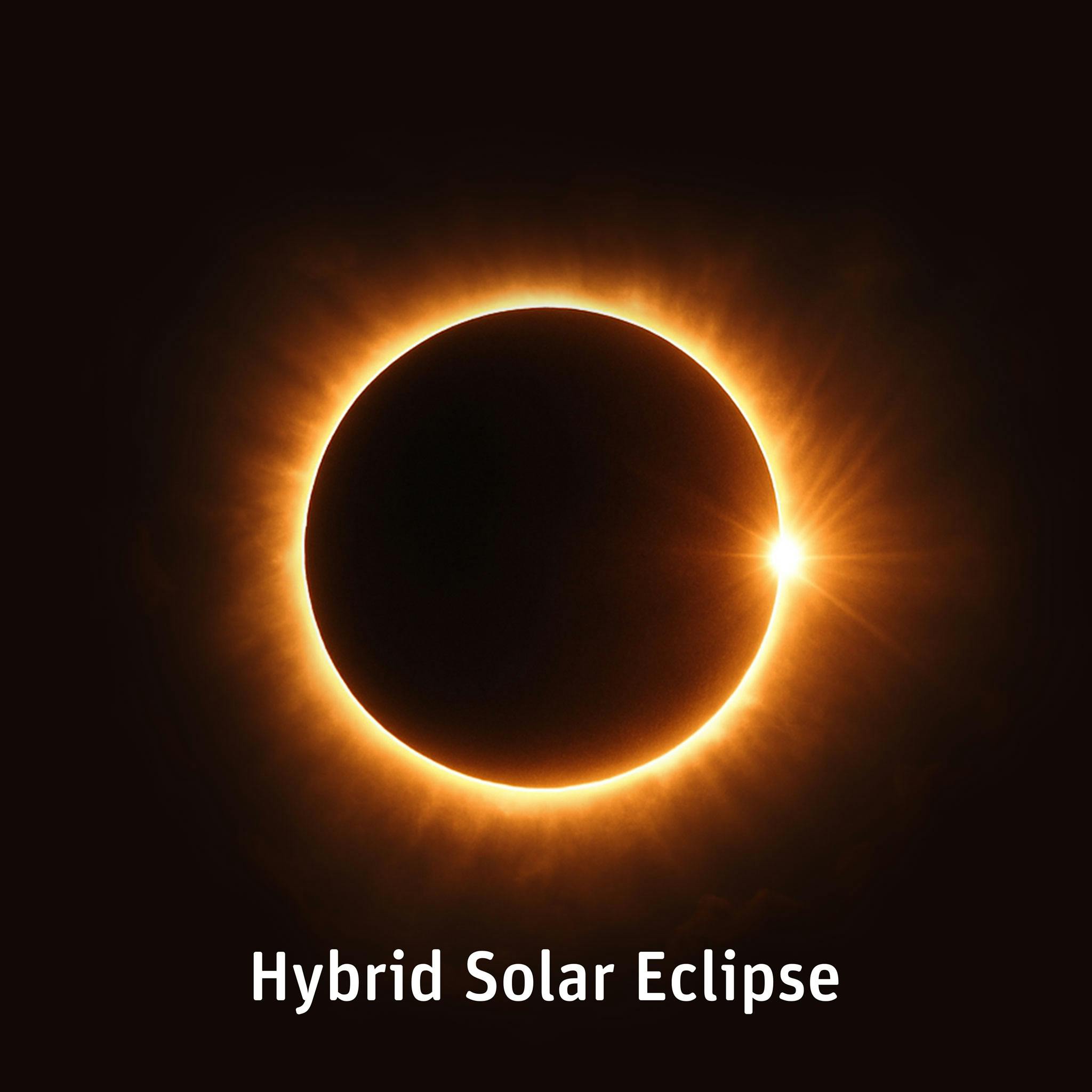
Why Hybrid Eclipses Are Special
Due to their rarity and the fact that they offer two types of eclipse experiences in one event, hybrid eclipses are considered some of the most sought-after celestial occurrences. Suppose you’re lucky enough to be in the path of a hybrid eclipse. In that case, you’ll be treated to an eclipse experience that shifts between the “ring of fire” and total darkness, making it a truly memorable event.
Iceland’s Unique Position for Eclipses
Iceland’s vast landscapes and low levels of light pollution make it one of the best places in the world to witness solar eclipses. Whether you’re visiting for the 2026 total solar eclipse or another celestial event, Iceland offers numerous viewing opportunities. One of the top locations in Reykjavik for observing eclipses is Perlan, which provides an incredible view of the sky and an immersive experience with its exhibitions and planetarium. Make sure to visit Perlan for a complete Icelandic solar eclipse experience.
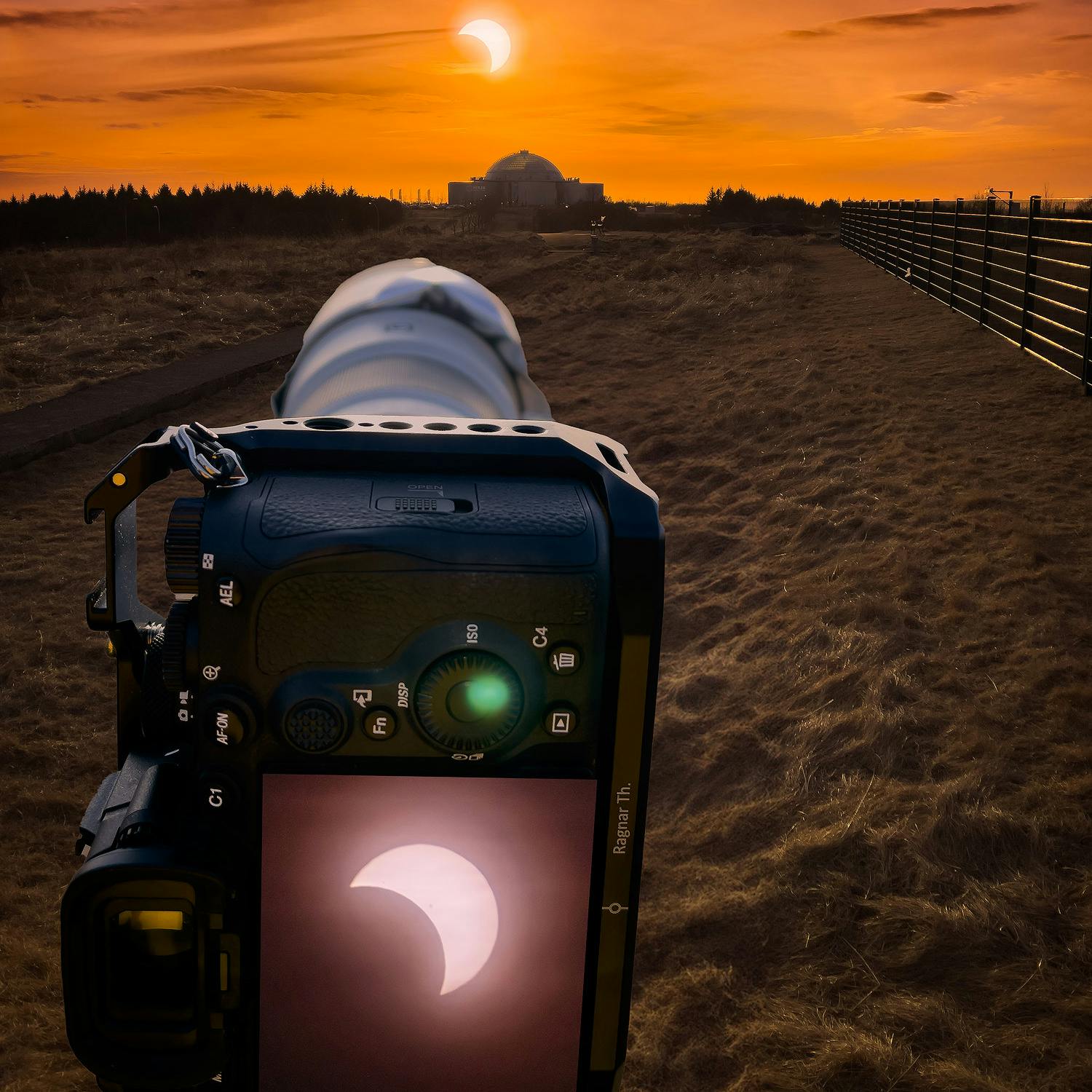
FAQ
What are the different types of solar eclipses?
The four types of solar eclipses are total, partial, annular, and hybrid.
What is a total solar eclipse?
A total solar eclipse occurs when the moon completely covers the sun, briefly causing the day to turn into twilight.
What is a partial solar eclipse?
A partial solar eclipse happens when only part of the sun is obscured by the moon, resulting in a crescent-shaped sun.
What is an annular solar eclipse?
An annular solar eclipse occurs when the moon is too far from Earth to cover the sun completely, creating a “ring of fire” effect around the moon.
What is a hybrid solar eclipse?
A hybrid solar eclipse is a rare event that shifts between a total and annular eclipse along different parts of its path.
What is the rarest eclipse called?
The hybrid eclipse is the rarest type of solar eclipse, combining total and annular eclipses.
Popular tours
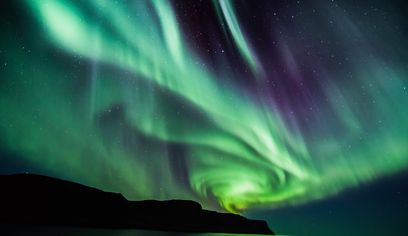
The #1 Northern Lights Tour in Iceland | FREE photos, Homemade Hot Chocolate & cinnamon buns

Reykjavík Northern Lights Cruise

Aurora Basecamp Night pass

Reykjavík Whales & Northern Lights

Northern Lights Tour from Reykjavik, With Photographs, Local Pastrys and Hot Chocolate

DT 310 Private Superjeep Northern Lights

NORTHERN LIGHTS AND STARGAZING (Guided in 10 languages)

GOLDEN CIRCLE AND NORTHERN LIGHTS (Guided in 10 languages)

Aurora Viking - The Private Tour - Northern Lights Tour

Northern Lights w/Aurora Viking - free pro photos - Free Retry – minibus
